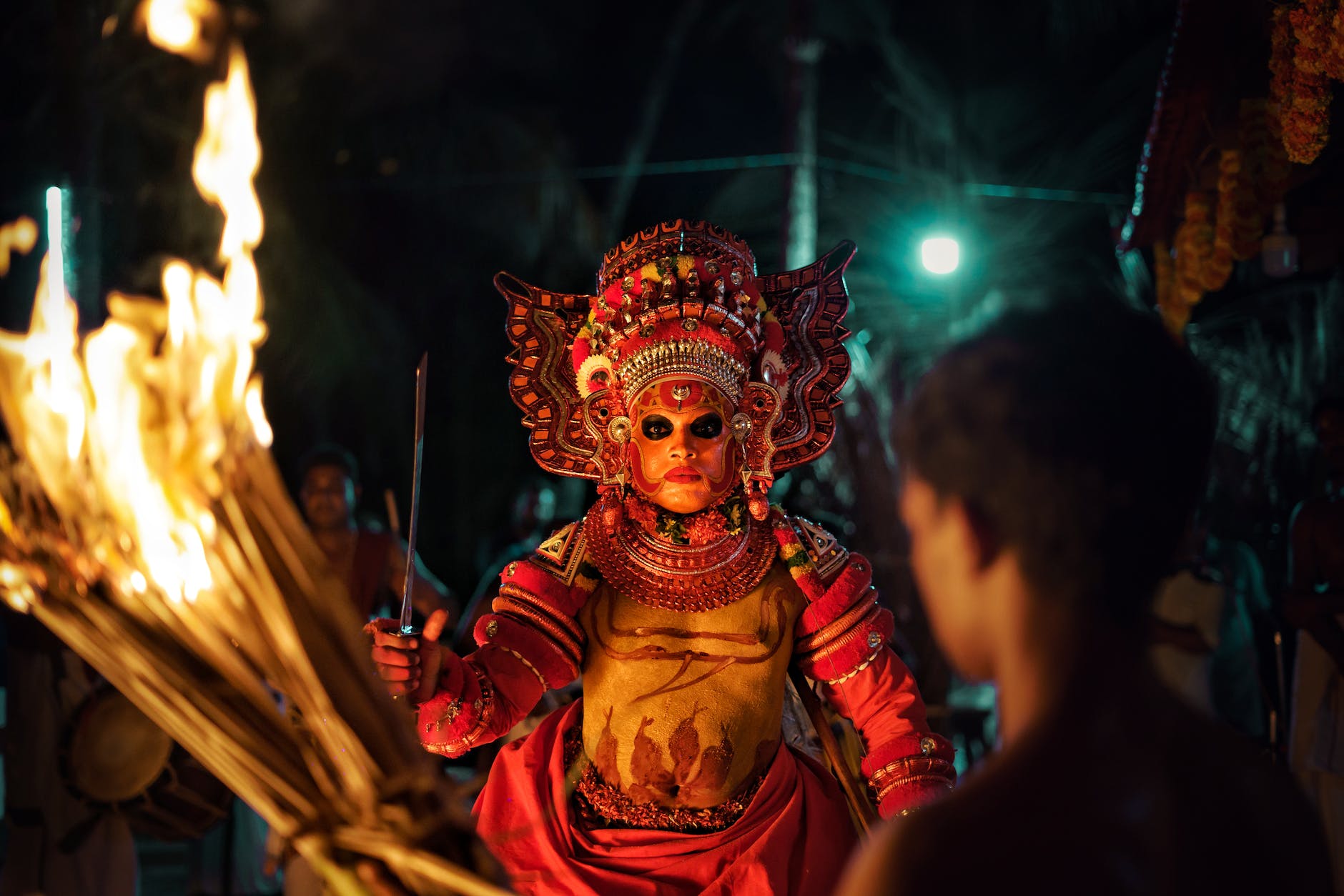From mind-expanding creative exploration to profound lyrical introspection, the role of psychedelics in music is as diverse as the sounds they have helped birth. Whether it’s the iconic psychedelic music artists of the 60s or their contemporary counterparts experimenting with fractal sounds and narratives, the relationship between psychedelics and music is both fascinating and complex.
In the intersection of psychedelic experiences in music creation, the influence of these compounds is unmistakable. Artists like The Beatles, Pink Floyd, and The Doors fueled their creativity by indulging in these substances, resulting in music that disrupted norms and opened pathways for innovative sonic experiences source. The late Jimi Hendrix, a psychedelic rock pioneer, notoriously performed under the influence, seemingly utilizing the altered state to redefine the musical landscape with his electric performances.
These ground-breaking musicians laid the foundation for the massive intersection of psychedelics and music festivals. Vibrant gatherings like Woodstock and Monterey Pop Festival in the 60s were the incubators where psychedelic music and drug culture became almost synonymous. Today, modern musical events, such as Burning Man and Coachella, continue this tradition, promoting a culture that weaves together music, community, and mind-altering substances. With hallucinogenic visuals and speaker systems designed to sequence our senses, it’s clear that music festival organizers are acutely attuned to the marriage of music to altered states of consciousness source.
However, the influence of psychedelics on music genres extends beyond rock and festival culture. The sheer expansiveness of the psychedelic experience has seeped into diverse musical genres such as techno, reggae, hip-hop, and even pop. Dance music, in particular, has seen a cyclical resurgence, with techno music’s repetitive beats mimicking the trance-like states often associated with psychedelia. DJ’s often designed their sets to mimic the ascending and descending patterns of a trip, further marrying music and altered states of consciousness source.
In addition to influencing soundscapes, the introspective properties of these substances have allowed artists to delve into their consciousness, resulting in deep, philosophical lyrics. Bob Marley’s lyrics often explored themes of individuality, liberation, and spiritual growth, echoing his reported use of psychedelic substances. More recently, artists like Tame Impala, Kid Cudi, and A$AP Rocky have openly discussed their use of psychedelics in crafting their distinctive sounds and introspective lyrics source.
Despite the controversy around their use, psychedelics’ impact on the music industry is undeniable. Although the substances themselves may be seen as conduits for creativity, it is the artists who harness the psychedelic experience in innovative ways that truly drive the evolution of music. As the cultural and legal stance continues to shift towards acceptance, one thing remains clear – psychedelics continue to be a valuable tool in the transformation of music’s sights and sounds.
Psychedelics and music share an intertwined history, reflecting society’s ever-evolving relationship with mind-altering substances. From the iconic psychedelic music artists of the ’60s to the pan-genre influences seen today, the echo of psychedelia continues to resonate, shaping the music industry one trip at a time.




